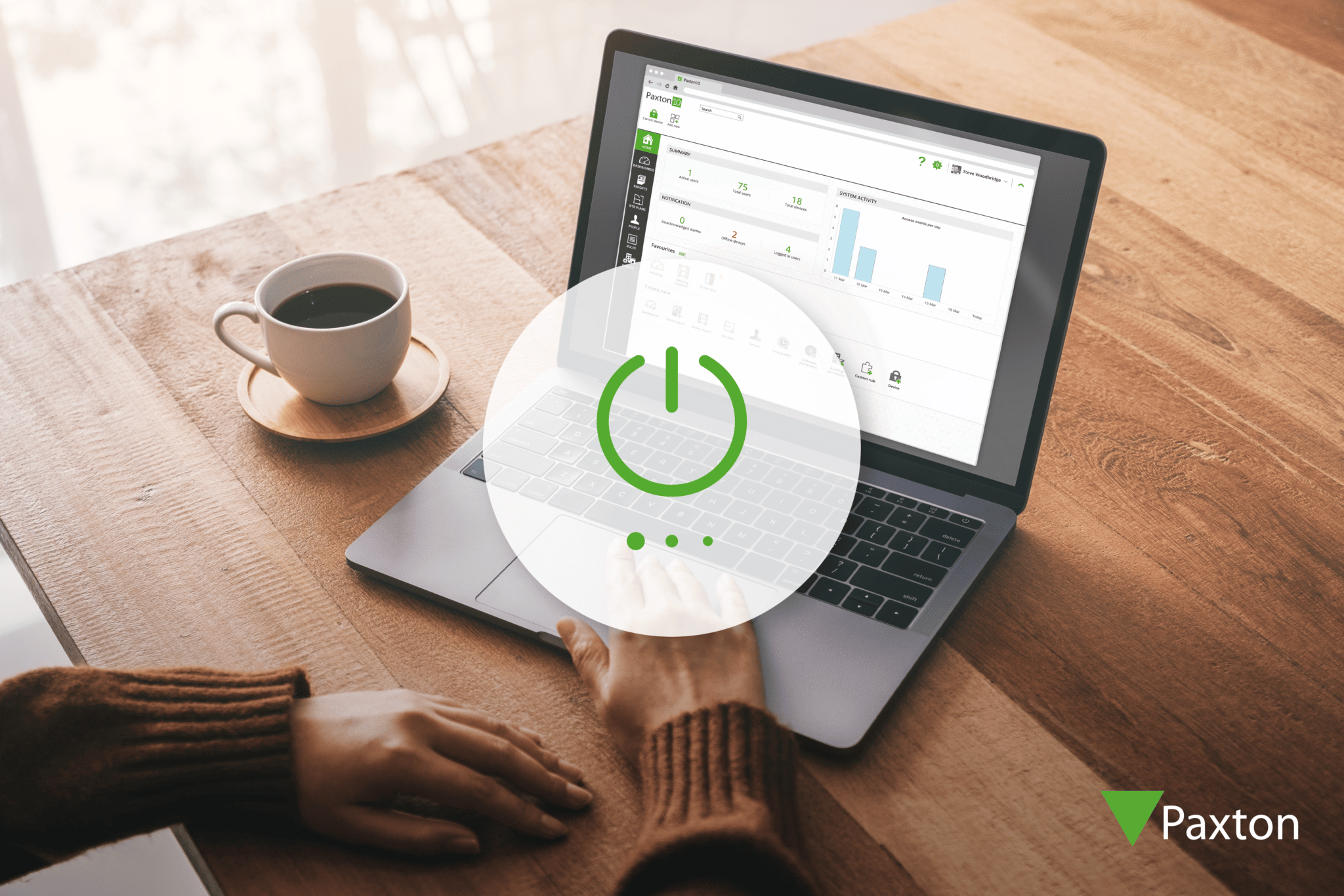
Access control products and smart security systems can help businesses to rein in costs, says technology manufacturer Paxton .
Energy prices in the UK are set to reach a record high, with many households and businesses concerned about upcoming winter energy bills.
As people look for ways to save energy, smart security systems can be integrated with companies’ existing infrastructure, help control and limit energy usage in a building.
The original energy price cap announced by Ofgem in August was £3,549 per household per year, a significant rise of 80% compared to the previous cap.
The government has introduced an energy price guarantee to freeze prices at an average of £2,500 per year for a typical household. Businesses will have their electricity capped at £211 per MWh and gas at £75 per MWh for gas for six months, less than half the wholesale prices anticipated this winter.
Even though the government subsidies to ease the pressure on paying bills, households and businesses still face substantial increase on energy prices for the foreseeable future. Paxton offers two award-winning systems, Net2 and Paxton10, that provide useful features to reduce energy usage.
Chris Hodge, Functional Architect at Paxton, said: “Security systems do not consume much energy during standard operation, and by using Triggers and Actions, the systems can be used to control activities on site to limit energy use.
“Using the standard events within the access control software, the systems can also be used to shut off power to equipment that is not in use. Therefore, they can help save energy to reduce environmental impact and save money on bills.”
Triggers and actions
Paxton’s two access control systems provide Triggers and Actions that can integrate with appliances and provide automated functionality.
Net2 is a PC based access control solution that is ideal for managing access to doors and facilities at a building. Paxton10 integrates access control and video management on one platform whilst also offering remote, multi-site management.
Steve Woodbridge, Paxton’s Global Training Manager, explains: “Triggers and Actions are a series of rules that enable site activities and help control users’ accessibility. For example, ‘when the intruder alarm is armed’ can be set as an event, when the system receives a signal that the event has happened, it will then trigger the action, which can be set as ‘switch off the lights’.
“Net2 provides an Occupancy Management feature that can be set to monitor the number of people in a given area. Site managers can set the occupancy level to zero and use Triggers and Actions to set the rule to turn the lights or heating off when the occupancy level in a given area reaches zero.”
“Paxton10, our latest system, adds another dimension by allowing site managers to set up constraints. These constraints ensure that a condition is true before an action takes place. For instance, if the rule is set to automatically turn on the heat when a person enters the office, the constraint may be in place to ensure windows are closed before doing so.”
Remote site management is also an energy-saver. Paxton provides a free-of-charge Paxton Connect app for their customers. The app allows building managers to remotely control their sites on smart devices from anywhere in the world with an internet connection.
Whilst smart security systems can integrate appliances, physical access control products can also be energy-friendly. Paxton offers products such as readers and door handles that can be another useful energy saving option.
Energy Saving Readers
Woodbridge explains: “Paxton manufactures Net2 Proximity Energy Saving Readers that act like a power switch. The readers are designed with a cover to retain a user’s key to turn the power on and off.
“The product can be installed in a way that power will only come when a valid user card is inserted. When a person leaves a room and takes out the card, the appliances such as lights and air conditioning will automatically turn off as it’s like switching off the main power. This can help save energy.”
Readers can also be connected to an individual appliance or machine. Restricting permissions to energy-intensive appliances can ensure that only authorised personnel are making use of these services and energy is being saved when they are not in use.
Woodbridge adds: “In some industries, there are machines consuming a high-level of energy. Site administrators can grant access to only the trained employees, this can avoid unauthorised or non-related people wasting energy, by switching them off when they are not in use.”
Low power wireless security
There are energy-friendly smart locking door handles, and PaxLock Pro is one – a wireless, electronic battery-powered door handle. Compatible with Net2, Paxton10, it can also be a standalone device.
Hodge says: “PaxLock Pro is designed to use minimal energy and batteries last around two years.
“PaxLock Pro enters sleep mode when not in use, requiring minimal energy. Built-in capacitive sensors wake the unit and a user’s token is to be read. This minimises energy consumption, especially at night or over weekends.”